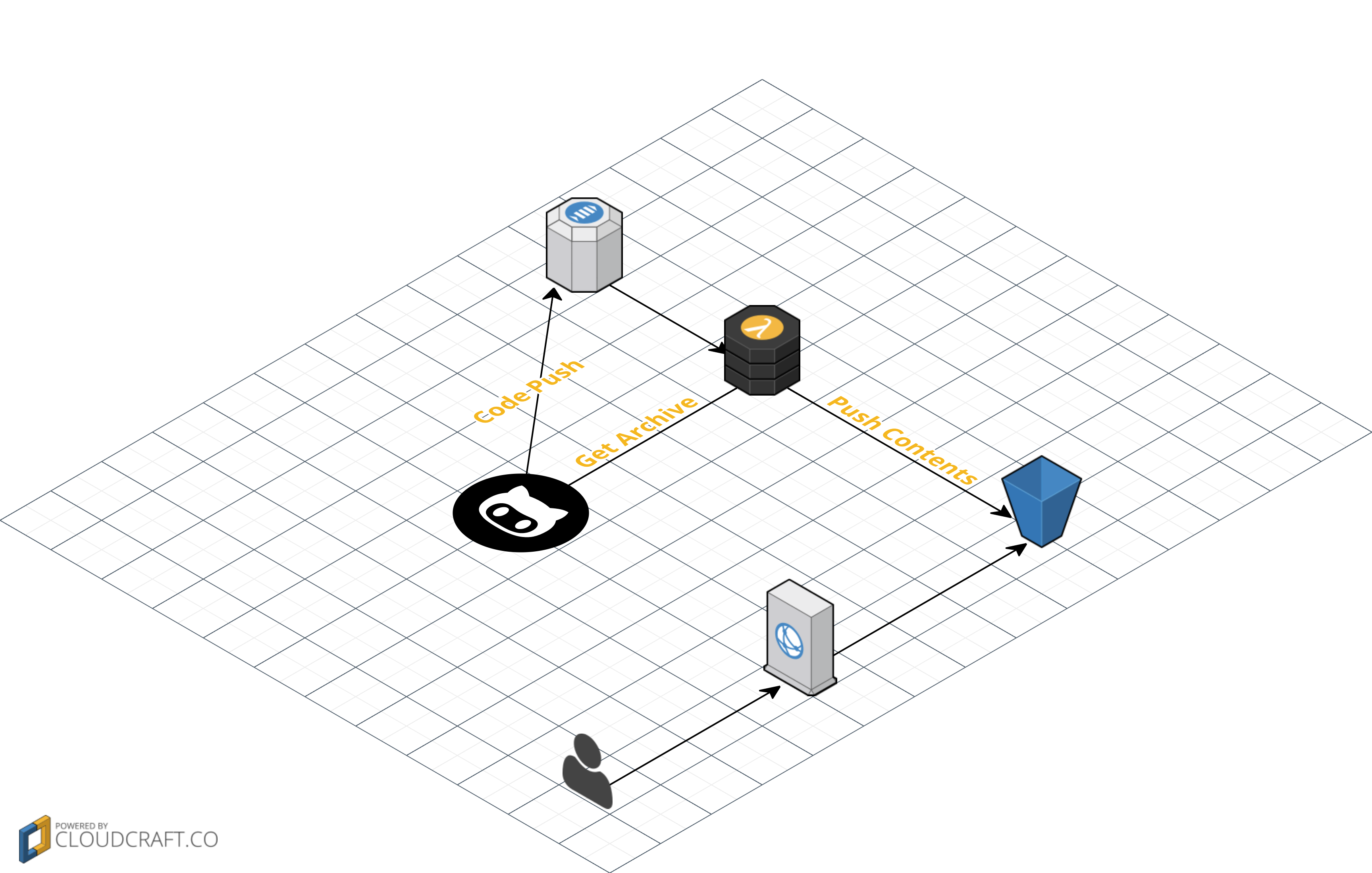The process I’ve put together for publishing this blog allows for automatic publish to the web as soon as I git commit/git push. This post describes how this is done.
As background, this blog is hosted on Amazon Web Services’ S3 service with CDN capabilities and SSL termination provided by CloudFront and Amazon Certificate Manager. This last service is extremely new, to the point that I obtained and assigned the certificate to CloudFront the very day CloudFront integration was available. As such this was a last minute change. My original intent was to use Let’s Encrypt free SSL certificates, but since ACM is also free and the service renews certs automatically, this seemed to be the better way to go.
With hosting taken care of, my next goal was to automate publishes. I keep the actual content of the blog on GitHub at https://github.com/elerch/blog. GitHub has integration with AWS SNS, so I can trigger a Lambda function based on a push to GitHub (or a commit through the web). The process looks like this: https://aws.amazon.com/blogs/compute/dynamic-github-actions-with-aws-lambda/
In my lambda function, I use the GitHub REST API to get the repo archive. From there, I can unpack the archive and copy it to S3, using Reduced Redundancy Storage to save a few portions of a cent. Outside the cost of S3, the whole process stays within free usage limits.
The lambda function, CloudFormation templates, and various scripts are hosted on GitHub: https://github.com/elerch/blog-deploy/. I’ve also created this diagram on CloudCraft:

One thing I’d really like to do in the lambda function is pull out the tight integration between the themes and the lambda function itself. However, since I don’t normally change my theme, this will wait for another day. It would also be nice to extract the actual build steps (extract archive/run hugo on extracted archive/ copy themes/copy output to S3) so that the lambda function can be used for a wider array of DevOps scenarios.